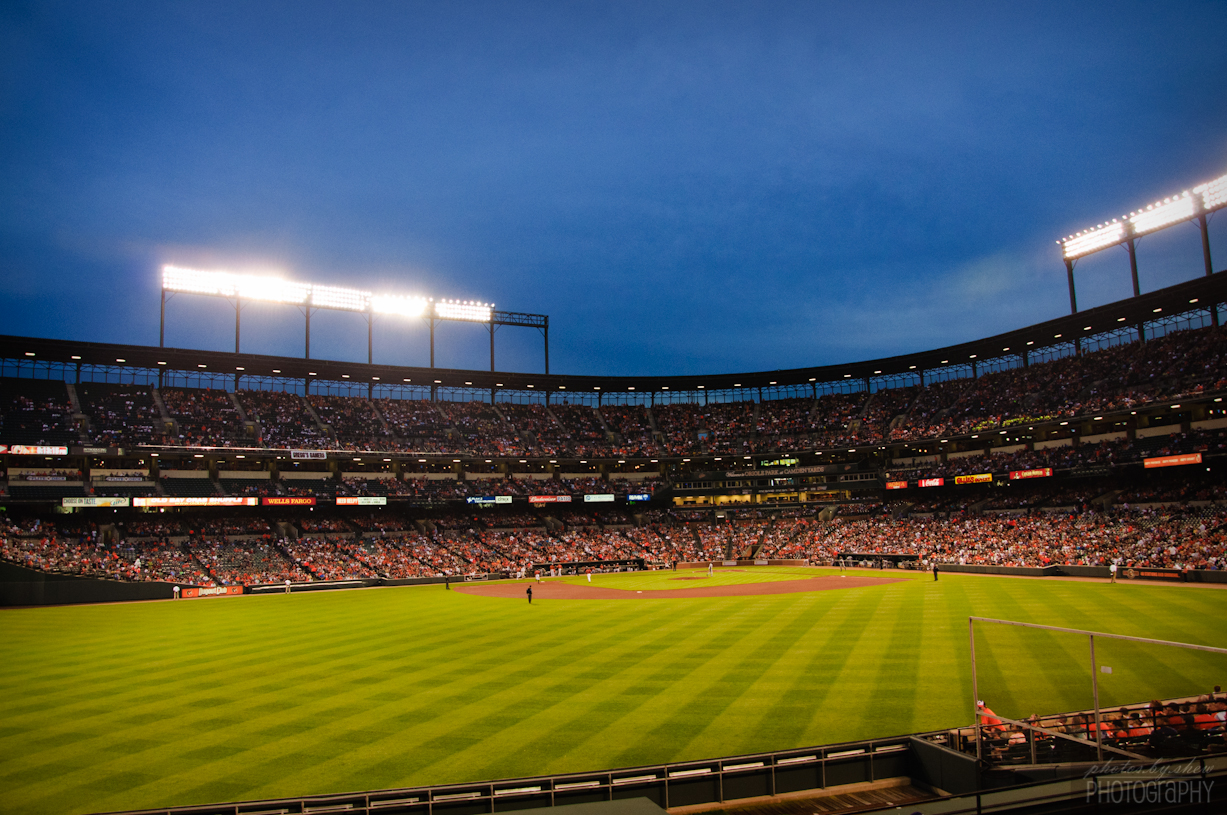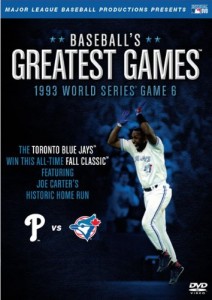Major League Baseball will slowly wind down the 2014 season with various award announcements over a couple of weeks. Meanwhile, most fans are thinking about next year and what can be done to put their favorite team in the position that the San Francisco Giants occupy. The focus will be on free agents like Max Scherzer, Jon Lester and James Shields, although the value of the latter two may have gone down with their post season performances.
But first, the management needs to be in place. The Minnesota Twins named Paul Molitor as their new manager and more notably, acclaimed manager Joe Maddon opted out of his contract with the Tampa Bay Rays and joined the Chicago Cubs. Maddon probably saw the writing on the wall in Tampa Bay with poor attendance, the trade of David Price, and the departure of General Manager Andrew Friedman. People think so much of Maddon that the odds of the Cubs winning their first championship in over a century has dropped from 50 to 1 down to 20 to 1. Maddon took the young talent in Tampa Bay and molded them into a winning team with multiple playoff appearances. Cubs fans are hoping he can take their young talent and similarly shape them into a winning team. With more resources in Chicago, the dream is to win the last game of the season. If they do, Maddon might be regarded as the greatest manager ever.
Probably more important, but far less attention-grabbing are changes to the front office. After all, the key to a winning team is having people who can evaluate and acquire the best talent. Because of “Moneyball,” Billy Beane might be the most famous of a largely unknown club of General Managers in baseball. Despite low revenues and constant turnover of players, Beane keeps the Athletics competitive, though not quite able to advance through the playoffs. Well, some of that brain power left Oakland as Assistant General Manager Farhad Zaidi joined the Los Angeles Dodgers to become their General Manager. Hired by Friedman who recently became President of Baseball Operations for the Dodgers, you could see the team shifting into phase 2 of rebuilding in the wake of the McCourt ownership. McCourt’s cost-cutting had weakened Dodgers scouting and minor league development. Not willing to go through an extended rebuilding process like the one the Kansas City Royals went through, the Dodgers spent millions acquiring high-priced talent. But, the long-term plan was always to create a pipeline of talent from the farm system and by plucking Friedman from the Rays and Zaidi from the Athletics the Dodgers have added people who know how to do that. The rest of the country may not be paying much attention to these changes now, but don’t be surprised if you see the Dodgers repeating the success that their rival, the Giants, have just achieved.


